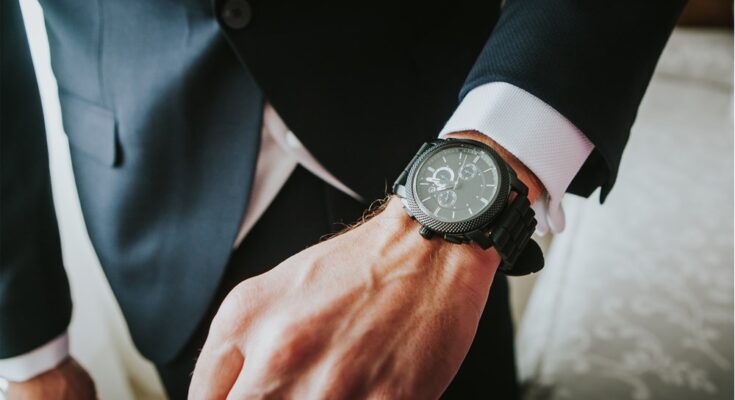When comparing Italian, British, and American tailoring traditions, each school of thought reveals distinct approaches to craftsmanship, silhouette, and style philosophy that have evolved over centuries. These three powerhouses of menswear represent fundamentally different perspectives on what makes the perfect suit. For those seeking custom suits in Houston, understanding these regional differences provides valuable context for making stylistic choices.
Essence of shoulders
Italian suits are instantly recognisable by their distinctive shoulder construction. Unlike their counterparts, Italian tailoring embraces:
- Minimal padding, creating a natural sloping shoulder line
- “Spalla camicia” or shirt-shoulder construction with signature puckering
- High armholes that allow for a closer fit while maintaining mobility
- Lightweight canvas construction for softer draping
British tailoring approaches shoulders differently, with structured padding that creates a more formal silhouette and emphasises a man’s stature. American shoulders tend to offer a middle ground—moderately padded but designed for comfort and everyday wear.
Canvas construction contrasts
The internal structure of a suit reveals much about its origin and quality. Each tailoring tradition approaches this fundamental aspect differently:
- Italian suits typically feature lightweight, minimal canvassing
- British suits employ sturdy, full-canvas construction throughout
- American suits historically favour half-canvassing or fused construction
- Modern high-end American tailoring has increasingly adopted full-canvas methods
This internal architecture directly influences how a suit drapes on the body, its longevity, and how it conforms to the wearer over time.
Fit Philosophy
Italian tailoring celebrates the male form with close-fitting silhouettes. The jackets typically feature higher armholes, slimmer sleeves, and a tapered waist, creating a dramatic V-shape on the torso. Trousers sit higher on the waist with a trim fit through the leg.
British tailoring employs a more conservative approach. The cut allows for movement while maintaining a formal appearance, with structured shoulders, longer jackets, and a slightly more generous fit throughout. The trousers feature a higher rise and often incorporate pleats for additional comfort.
American tailoring developed with practicality and comfort as guiding principles. The traditional American suit features a natural shoulder, a straight-hanging jacket with minimal waist suppression, and trousers that sit lower on the waist with a fuller cut through the leg. This pragmatic approach reflects America’s business-oriented culture.
Fabric selection across traditions
Each tailoring tradition has historically favoured different cloth weights and textures, though globalisation has somewhat blurred these distinctions. Italian suits typically utilise lightweight wools, luxurious blends, and innovative textiles that drape elegantly in warm Mediterranean conditions. The fabrics often feature subtle patterns and rich textures.
British tailoring built its reputation on heavier, sturdier cloths that stand up to the damp British climate. Traditional British worsteds, tweeds, and flannels, often in classic patterns like chalk stripes, glen checks, and herringbones, provide structure and longevity.
American tailoring adapted to the country’s varied climate by embracing versatile mid-weight fabrics. The tradition also pioneered wash-and-wear technologies and comfort-focused innovations, reflecting the practical American spirit.
Stylistic details that define
The devil is in the details, as they say, and nowhere is this more evident than in the subtle flourishes that distinguish these tailoring traditions. Italian suits often feature minimal lining, patch pockets, and pick stitching that showcases handwork. The lapels tend to be wider with a dramatic roll, while vents are limited to a single central vent or none.
British suits showcase precision with ticket pockets, double vents, and structured linings. The lapels maintain consistent width with clean edges, and functional buttonholes (known as “surgeon’s cuffs”) are considered a hallmark of quality.
American suits blend practicality with accessibility. Traditional details include flapped pockets, centre vents, and moderate lapel widths—the overall aesthetic aims for versatility and broad appeal rather than making bold stylistic statements.




